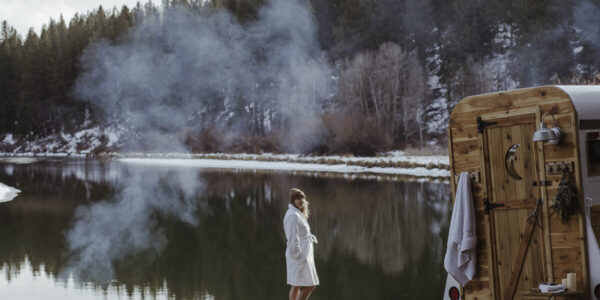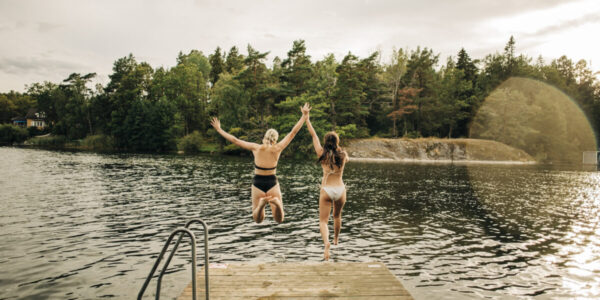
Your Best Three Days in Olympic National Park

Dave Logan / Olympic Peninsula Visitor Bureau
If you have three days to explore the park, plan a roughly counter-clockwise loop, starting at Port Angeles then following U.S. 101 west and south.
Day one
Grab maps and information. The Olympic National Park Visitor Center in Port Angeles is your natural starting point.
Hit Hurricane Ridge. From Port Angeles, drive south on Hurricane Ridge road for 17 miles. Named for the 75-mile-an-hour winds that can blow here in winter, in summer the Ridge is merely spectacular, offering amazing views of the Olympic Mountains and the Olympic Peninsula coastline. Two good easy hikes start near the Hurricane Ridge Visitor Center: Hurricane Hill and Cirque Rim (see Best Olympic hiking.)
Paddle Lake Crescent. This deep, clear, glacier-carved lake is a great place to test your paddling skills–you can rent rowboats at Lake Crescent Lodge, an appealingly simple, 1916 lodge that makes a good base camp for this part of the park. (See Olympic hotels, lodges, and cabins.) Nearby, the short hike to Marymere Falls shows off both the park’s old growth forest and a 90-foot waterfall. (See Best Olympic hiking.)
Get in hot water. Sol Duc Hot Springs Resort is especially good for kids―there are three hot springs pools plus a cooler freshwater pool open for day use. There are cabins, too, if you decide to stay the night. (See Olympic hotels, lodges, and cabins.)
Day two
Visits with vampires. If you want to make a pilgrimage to Twilight Land, Forks is a former logging town now world-famous as vampire central. The Forks Chamber of Commerce has lists of local lodging and businesses, as well as a Twilight-themed page that shows the real locations of many of the scenes in the novels. A local favorite is Forks Community Hospital, which has a space reserved for Dr. Cullen (the vampire dad and physician from the novels). At the Chamber’s Forks Visitor Center, manager Mike Gurling ― a former Olympic National Park ranger ― will give you a specially made Twilight map, which includes some non-public stops like the “Swan House” (actually a private residence) and the “Cullen House” (actually a bed and breakfast), as well as a trivia quiz to test your knowledge of the four books.
Plunge into the rain forest. The Hoh Rain Forest proves the luxuriant power of water. The region’s annual 135 inches of rain has nurtured some of the biggest trees you’ll see in your life―giant Sitka spruce and western hemlock―rise from carpets of moss and ferns. Here, too is the park’s herd of Roosevelt elk―named for Teddy, they were an important reason Olympic was set aside as a national monument in 1909 then as national park in 1938. Good trails include the Hall of Mosses trail and the Spruce Nature Trail (see Best Olympic hiking).
Comb the coast. From the rainforest, Highway 101 runs southwest to the Pacific. Here a string of beaches make for sublime strolling, surf fishing, sand castle building. A good place to spend the night is Kalaloch Lodge, where bluff top cabins sit less than 100 feet from the Pacific.
